After two decades of being stuck inside 1 Infinite Loop, Apple began building an expansive new Campus 2 now called Apple Park. In parallel, it leased a third large development known as AC3. But the company isn't finished. It's expanding in other directions and has already planned out another major campus in Silicon Valley with a capacity larger than the Spaceship. Here's a look.
Apple's overlooked offices in plain sight
In addition to the three major Cupertino-area campus sites Apple is now (or will soon be) populating, the company also makes use of an array of surrounding office locations.
Over a decade ago, Steve Jobs addressed the Cupertino city council with the initial expansion plans back in 2006 for a site that would later become part of Apple Park. He noted at the time that "we've rented every scrap of building we could find in Cupertino," and that Apple was already operating "in 30 other buildings now," outside of the six buildings in its 1 Infinite Loop campus.
Despite starting an employee migration into the massive Apple Park site and as AC3 approaches completion, the company continues to use 1 Infinite Loop (below) to unite its various Internet services, including Siri, Maps, iCloud, Apple Pay, Apple News and parts of iTunes and Apple Music, among other functions.
There are also a series of other surrounding office sites that bear official Apple signage. These include a dozen nearby buildings along De Anza Boulevard and another dozen buildings (some of which Apple has occupied since the late 70s) along Bandley Drive and Valley Green, accompanied by a separate fitness center, parking garage and the free-standing Caffe Mac Alves private cafeteria (below) that Apple constructed in 2012, pioneering the modern, glass-walled design of Apple Park.
There are also more than another dozen other Apple office buildings along Stevens Creek Boulevard that stretch past the Vallco Shopping Mall to the Lawrence Expressway (past the boundaries of the map above).
Apple's office buildings continue all the way down to another dozen buildings located along or near Tantau Avenue (including Apple's new $108 million Apple Park retail store and Visitor Center, below top), which lie just across the street from the main Apple Park site.
Within the Bay Area, Apple also operates a data center in Fremont, does something mysterious with a chip fab it acquired in San Jose, and reportedly works to develop new microLED display panels, test health-related devices and evaluate automotive technologies from various other unmarked, secret locations referred to as "high security buildings." These are often shrouded in layers of obfuscated ownership to avoid corporate espionage or drawing any attention to the company's various unannounced projects and initiatives.
Offices around the U.S. and the Americas campus
Outside of Northern California, Apple also has significant offices in and around Los Angeles, California (including the acquired headquarters of its Beats subsidiary in Culver City) as well as new studio production space. The company also uses other offices scattered around the U.S., including a GPU design center in Melbourne, Florida.
Apple also operates a major 39-acre campus called the Americas Operations Center in Austin, Texas (below). Construction there began in 2012, before the company even broke ground at Apple Park. It has since been expanded.
Further, in addition to its several large iCloud data centers (that mostly house racks of servers, maintained by relatively few actual workers) located in Maiden, North Carolina; Reno, Nevada; Prineville, Oregon and Newark, California, Apple also operates a green, $2 billion global command iCloud operations site for its data centers in Mesa, Arizona, on the site of its scuttled effort to fabricate sapphire panels with GT Advanced Technologies.
Another American campus (or two?)
Earlier this year Apple announced that it "expects to invest over $30 billion in capital expenditures in the U.S. over the next five years and create over 20,000 new jobs through hiring at existing campuses and opening a new one," indicating that it has plans to expand outside of its primary operations facility campuses in Austin and Cupertino by 2022.
That sparked a comparison to Amazon's nationwide competition for a locating its new HQ2 headquarters, but it could also be a reference to the massive campus Apple has already lined the rights to build in northern San Jose, about 10 miles (16km, or a 15-20 minute drive) northeast of Apple Park.
That 85 acres of land, located next to the San Jose airport, was stealthily assembled from a series of purchases much like the original site for Apple Park. It includes the former headquarters of chip maker Atmel Corp (pictured below). The entity that owned the land, Ellis Partners, filed the paperwork to rename its Amtel Way cul-de-sac to the more Apple-friendly "Orchard Place."
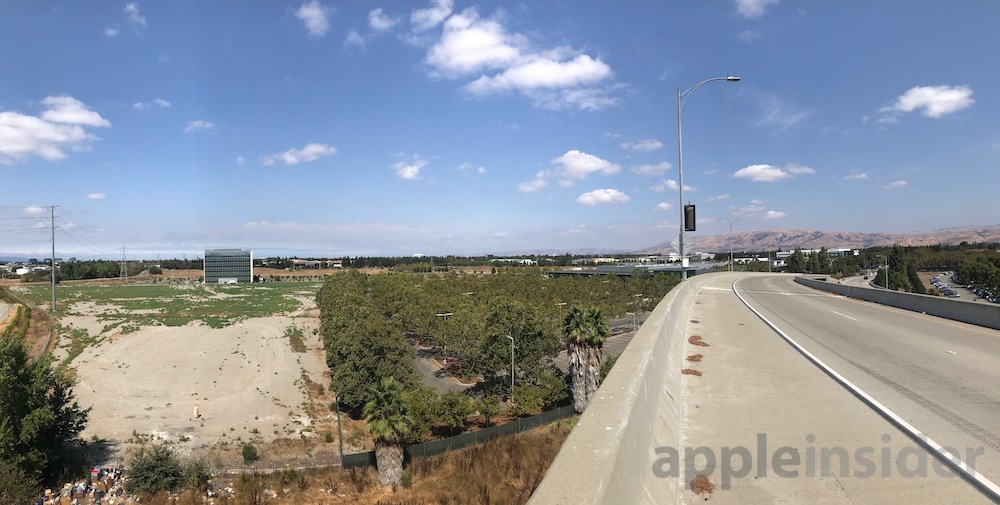 Located next to the San Jose airport, Apple has virtually all the land you can see left of the highway. It's already permitted for massive development.
Located next to the San Jose airport, Apple has virtually all the land you can see left of the highway. It's already permitted for massive development.The majority of that property is currently vacant land directly adjacent to San Jose's light rail system, which connects it to Apple's nearby chip fab to the north, or south to the airport and downtown San Jose, where it has started hosting its annual Worldwide Developer Conference since moving it there from San Francisco last summer.
Two years ago, Apple received approval to build 4.15 million square feet of office space on the site— the potential for new R&D offices nearly 1.5 times that of the recently completed Spaceship at Apple Park— over the next fifteen years.
As Apple keeps growing, even that might not be enough.
 Daniel Eran Dilger
Daniel Eran Dilger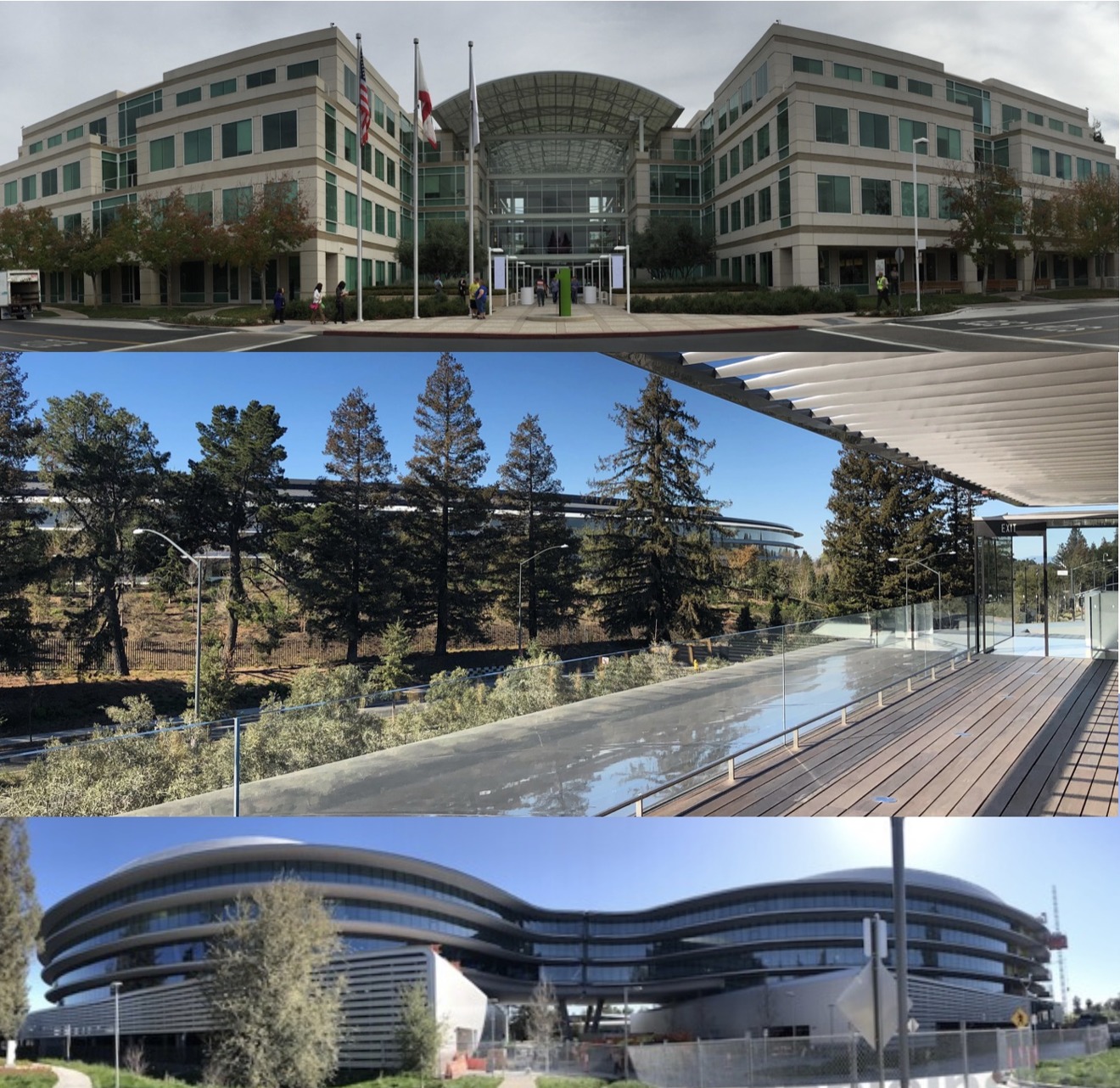
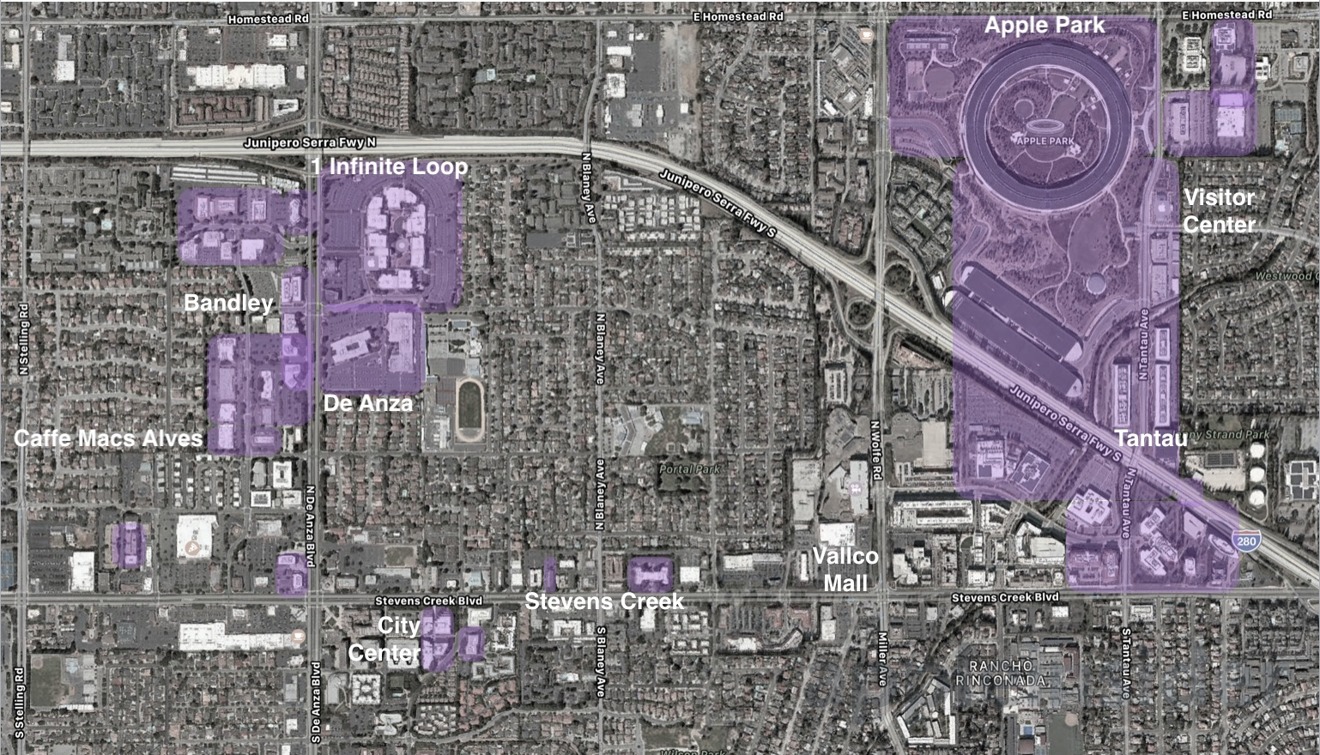
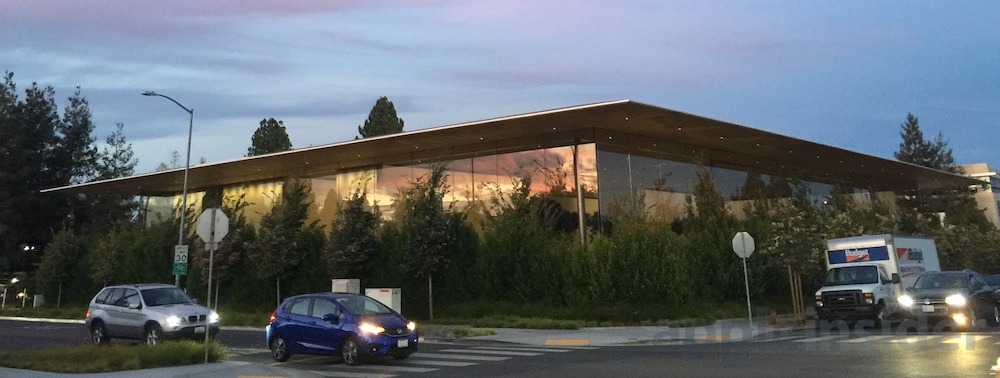

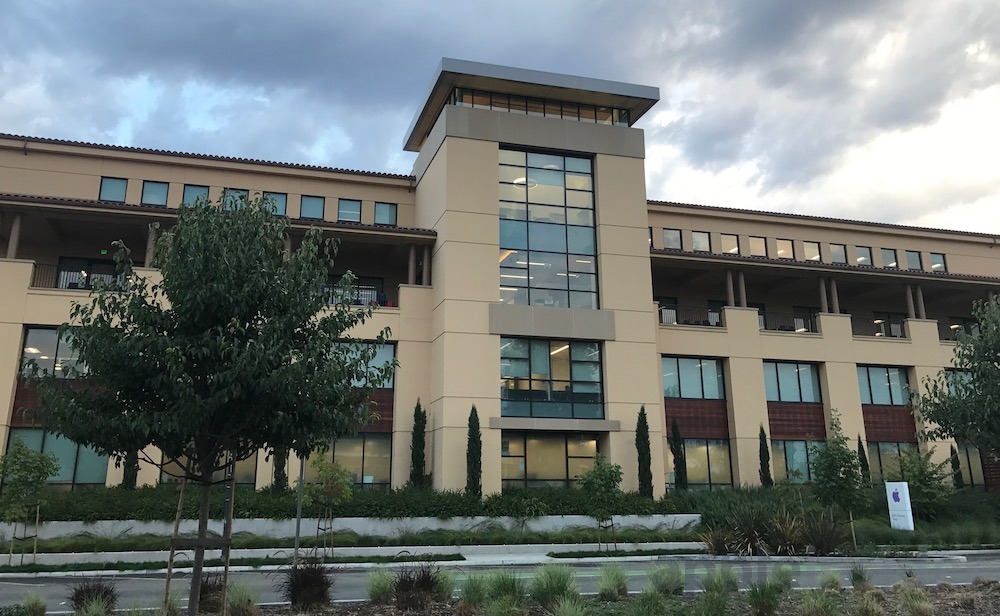
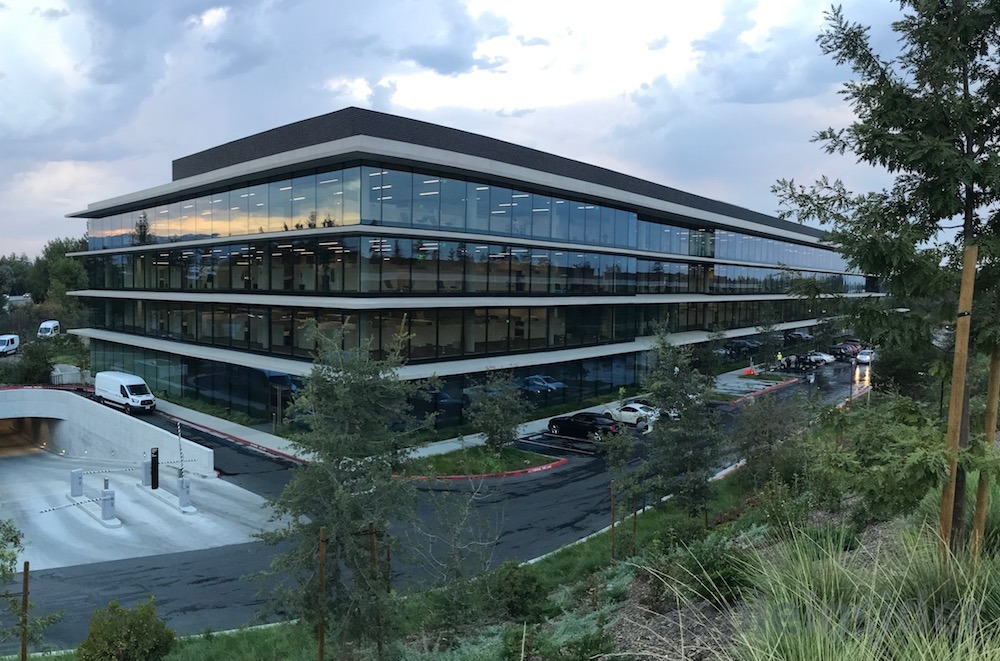
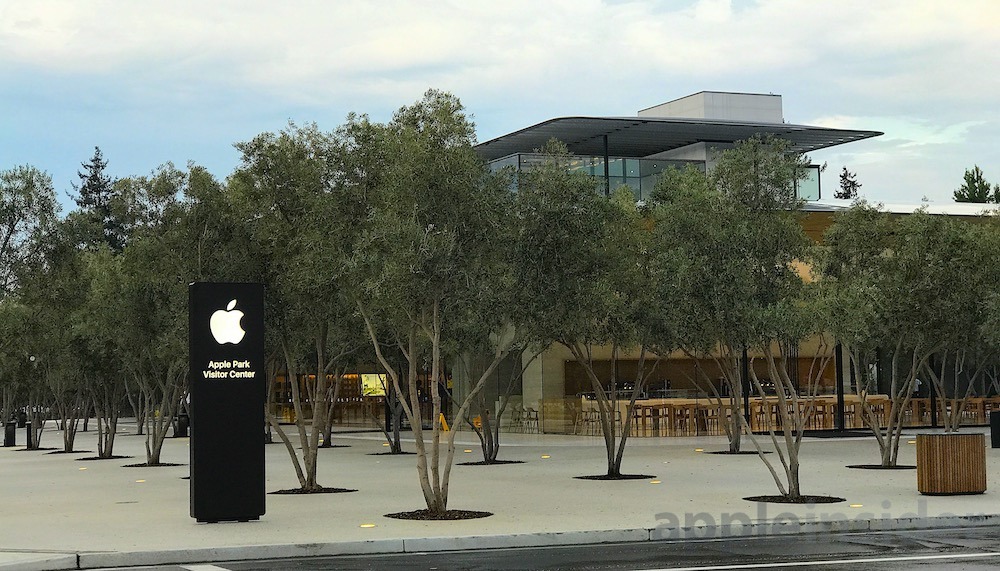
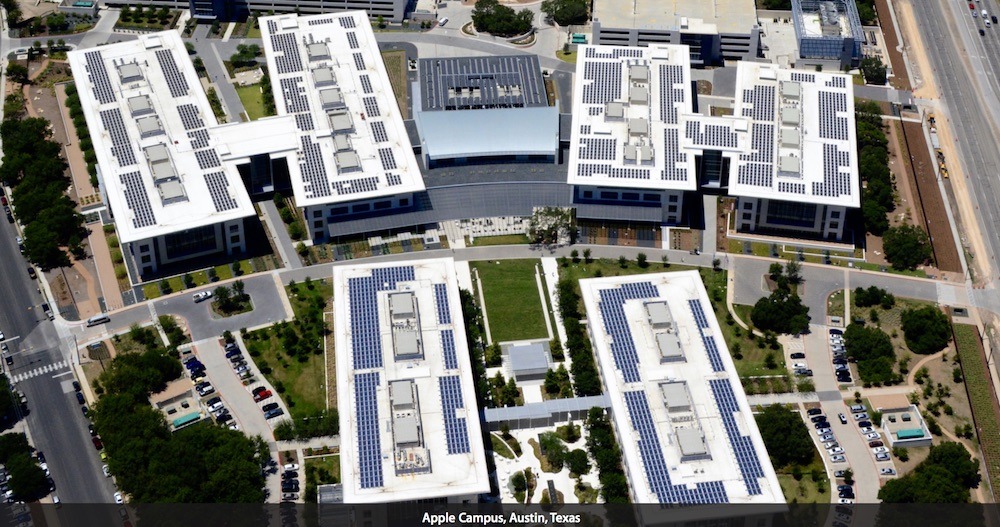







-m.jpg)






 Amber Neely
Amber Neely

 Malcolm Owen
Malcolm Owen
 William Gallagher
William Gallagher

 Christine McKee
Christine McKee
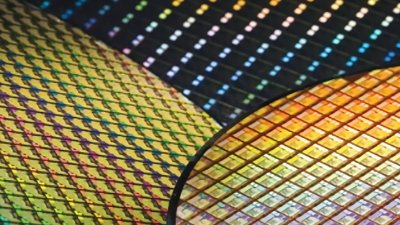



-m.jpg)



25 Comments
That seems crazy, how much space they are using. What are they doing with it all because I'm not really seeing the results of it all.
Um, if SJ announced all this over a decade ago and most is in plain sight, just how ‘secretive’ is it?
This is good. If Trump tariff war caused Apple to lose business, that means American jobs will be lost.
Why? CA real estate is crazy expensive. The cost of housing in CA in insane. There have been several stories about people leaving CA for cheaper & better places to live (I knew people who did it way back in the 80s). In this age of Slack, Skype, discord, and all the other online meeting & collaboration tools, why build a big office with a high concentration of people in a very expensive place?
As a shareholder, that almost borders on poor use of Apple's money. High real estate cost + high housing costs = higher salaries = less profit. Put a campus somewhere nice, but cheaper to live like NC or Atlanta.